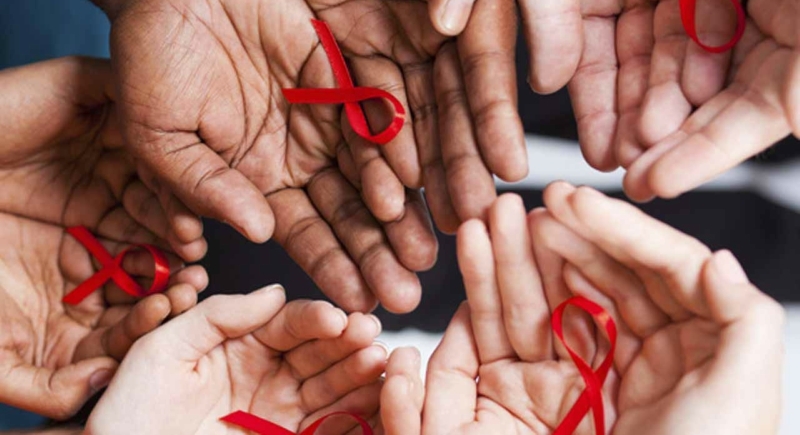Over 80% decline in estimated new AIDS infection cases since 1995 in India: Report
New Delhi, September 15: There has been more than 80 percent decline in estimated new HIV infection cases in the country since its peak in 1995. This was disclosed in the HIV Estimations 2017 report released by the National AIDS Control Organisation (NACO) in New Delhi on Friday.

As per the report, in 2017, India had around 21.40 lakh people living with HIV (PLHIV) with the adult prevalence of 0.22%. Around 87.58 thousand new HIV infections and 69.11 thousand AIDS-related deaths happened in 2017 while around 22,675 mothers needed Antiretroviral Therapy (ART) for prevention of mother to child transmission of HIV.
HIV Estimations 2017 corroborate the previous rounds in terms of characteristic of the HIV epidemic in India i.e. national prevalence and incidence remain low, but the epidemic is high in some geographical regions and population group. The report has noted that the rate of decline in annual new HIV infections has been relatively slower in recent years.
The report also highlighted the significant achievement of National AIDS response on prevention as well as on treatment front but has also indicated that there is no place for complacency as a country move forward on the ambitious goal of attaining the ‘End of AIDS’ by 2030.
The report concludes that, overall, the impact of the programme has been significant with more than 80% decline in estimated new infection from a peak of the epidemic in 1995. Similarly, estimated AIDS-related death declined by 71% since its peak in 2005. As per UNAIDS 2018 report, the global average for a decline in new infections and AIDS-related deaths from peak has been 47% and 51% respectively.
BACKGROUND:
The National AIDS Control Organisation (NACO) released the report HIV Estimations 2017 at a function, here today. The HIV Estimations 2017 is the 14th round in the series of HIV Estimations under National AIDS Control Programme (NACP). NACO undertakes HIV estimations biennially in collaboration with the Indian Council of Medical Research (ICMR) - National Institute of Medical Statistics (NIMS). The first round of HIV estimation in India was done in 1998, while the last round was done in 2015.
The objective of HIV Estimations is to provide updated information on the status of HIV epidemic in India at national and State/UT level. Estimations of adult HIV prevalence, annual new infections (HIV incidence), AIDS-related mortality and prevention of mother-to-child transmission (PMTCT) needs are produced as outcomes of HIV estimations. The modelled estimates are needed because there is no direct reliable way of measuring these core indicators which are used to track the epidemic and monitor and evaluate the response in countries around the world.